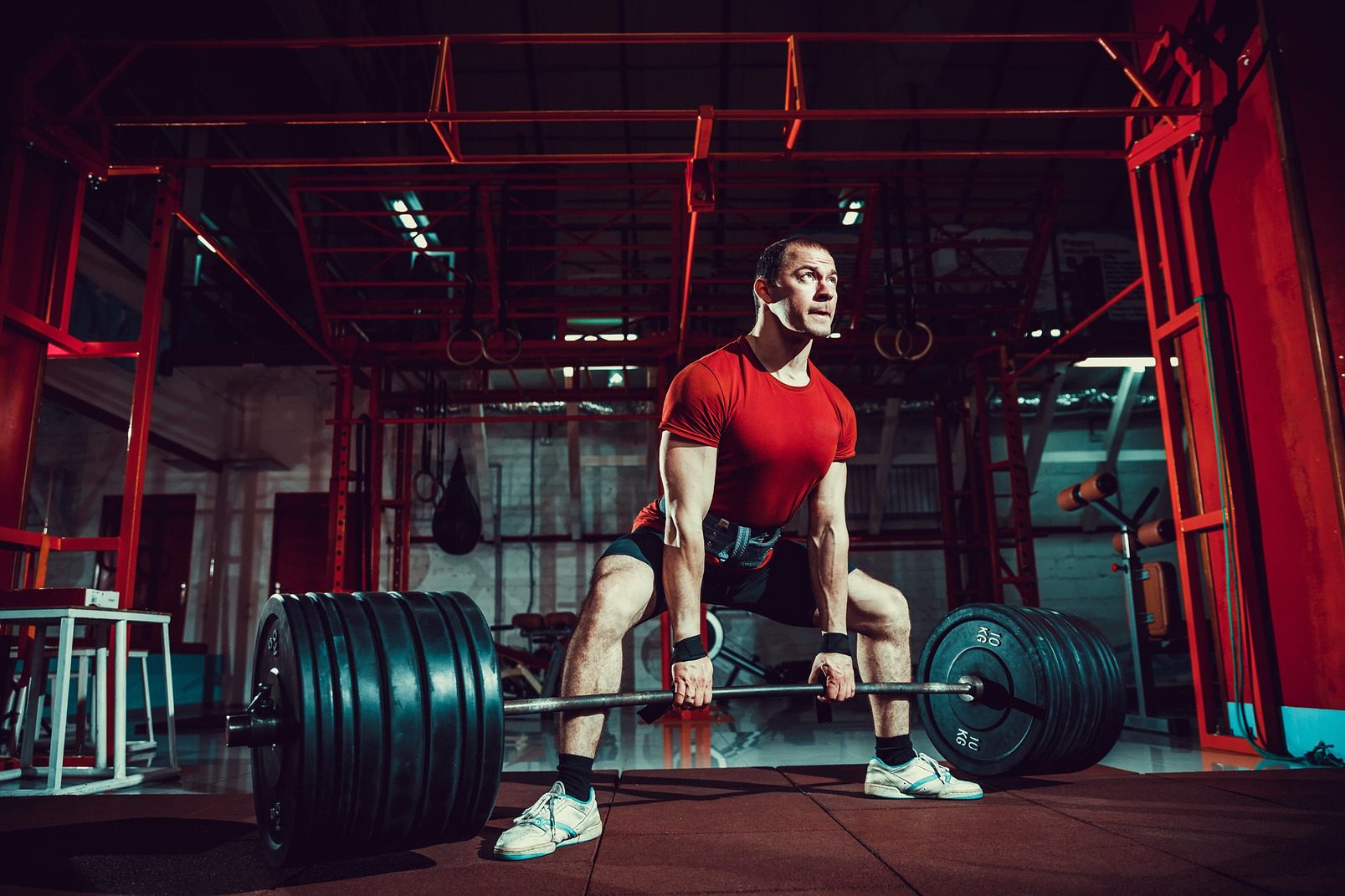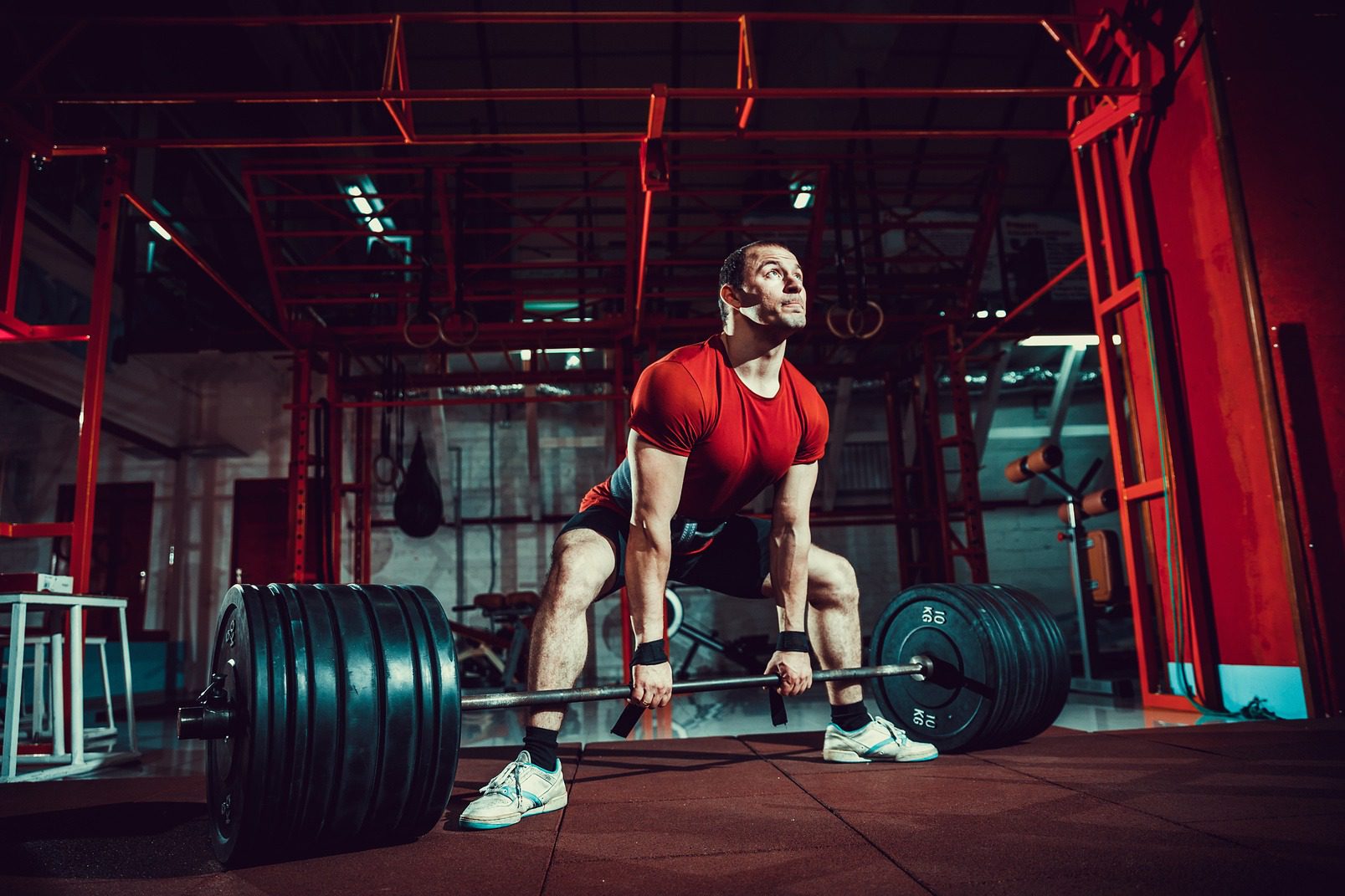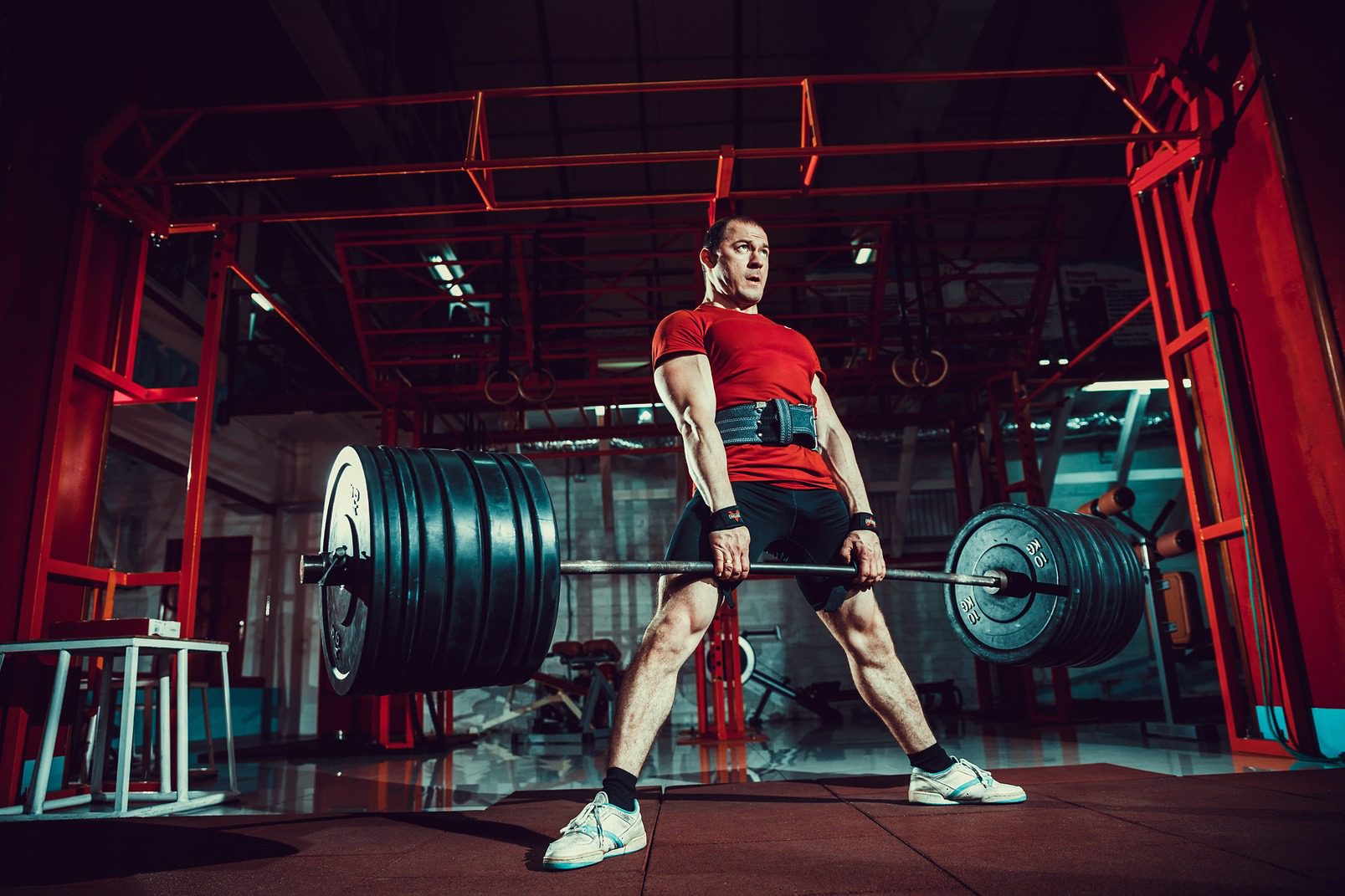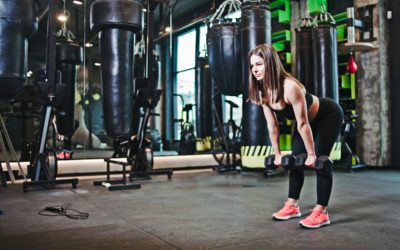The Sumo Deadlift: How & Why You Should Be Doing Them
TOPIC: Exercise guides | Strength & Conditioning
How and why to do sumo deadlifts
Plus, the Technique for Training a Massively Strong Sumo Pull
Picking up something off the ground is a mechanically essential skill for humans on planet Earth. Deadlifting is considered the best test of strength for this skill, and one of the most powerful movements for building a beastly posterior chain. If you need to target your glutes, hamstrings, back, and core, the almighty deadlift reigns king.
Conventional deadlifts are done with a narrow stance and grip width outside of the legs. Sumo deadlifts take the widest stance possible for the athlete and keep the grip width inside the legs. Because the sumo position allows for more leg drive, it’s easy to pull heavier loads without trashing the low back. According to The Journal of Sports Science Medicine, sumo deadlifts are also more effective for beginner lifters and those with long torsos.
The shorter range of motion for the sumo style is a source of old controversy for strength and conditioning athletes. In the powerlifting world it’s generally accepted as fine for competition. And since we’re proponents of fitness in every capacity, we think it pays to know how to perform all movements. It’s not a matter of either/or, but both.
Let’s break down the sumo deadlift step by step.

Written By
Lily Frei
Lily is TrainHeroic’s Marketing Content Creator and a CF-L1 with an English background. She was a successful freelance marketer for the functional fitness industry until being scooped up by TrainHeroic. An uncommon combo of bookish word-nerd and lifelong athlete, Lily is devoted to weightlifting, CrossFit, yoga, dance, and aerial acrobatics.
How to Sumo Deadlift
Proper technique is essential when pulling from the floor in any capacity, but especially for sumo deadlifts. The stance and grip variations make it feel like a completely different lift from a clean pull, conventional deadlift, or RDL. It pays to know how to sumo like a pro.
Step 1: Setup
Start by taking a wide stance—like a sumo wrestler—with toes turned out slightly. While stance width varies from athlete to athlete based on morphology, it should be wide enough for your elbows to stay inside your knees when reaching down to grip the bar.
With a near-vertical torso, flat back, and shins perpendicular to the floor, grip the bar at shoulder-width. You can use a mixed grip or a double-overhand grip, whatever floats your boat. (Mixed grip is great for max effort loads and more practiced athletes.) Try to be aware of arching into your low back, also known as anterior pelvic tilt. Keep your core tight, pelvis and spine neutral.

Step 2: Pull
Initiate the pull by creating tension through your core, back, and posterior chain. Engage your shoulders by pulling slightly up on the bar and pressing your legs through the floor. Brace your core and solidify this tension position by taking a breath in before the bar moves off the floor.

Step 3: Drive
In one movement, drive hard through your feet while pulling up on the bar. This should get your legs firing and your grip working hard. Because there’s so much leg drive involved, sumo deadlifts can feel like an inverse squatting motion instead of an actual pull. It might even help to pretend you’re “squatting the bar up.”
Don’t allow your chest to fall or your butt to rise, but keep everything moving in sync.

Step 4: Finish
Keep the bar close to your body and squeeze your glutes as you stand up. Driving your hips forward will also help if the bar stalls at your knees. Instead of leaning back into the lockout position, think “stand tall” to finish the movement.

Why you should work on sumo deadlifts
Both the sumo deadlift and conventional will give you massive bang for your buck when it comes to building raw power and getting some big numbers in your training log. Both lifts are about as hard as you make them and individual preference is a factor when working on your pulling capacity.
Let’s say there are still some negative Nancys out there when it comes to sumo vs. conventional deadlifting. If your goal is forging yourself into the strongest athlete you can be, it makes sense to work all aspects of your pull from the floor. The sumo deadlift targets slightly different muscle groups (quads) than conventional, deficit, and other deadlift variations (hamstrings). So why wouldn’t you throw them into your training?
And any good lifter knows about the mental aspect of strength training. It’s easy to get bogged down and beaten up by missing lifts, bad sessions, stress, injuries, or lagging performance. Sometimes it just feels good to be able to move a stack of wheels on the bar. Sumo deadlifts can be an easy win for this reason.
A note about injuries: if conventional deadlifts irritate your low back, sumos can be enough of an angle change to leave your back alone. Ultimately, your hip structure will impact your comfort level with each pulling movement, so be especially aware of any hip pain or instability when training deadlifts. It’s a good idea to work sumo deadlifts at submaximal loads for a couple of months to see if your body handles the movement well.
Happy MONSTER pulling!
Find Your Perfect Training Plan
Sometimes all you need to reach your destination on your fitness journey is an expert guide. Look no further, we've got you covered. Browse from thousands of programs for any goal and every type of athlete.
Try any programming subscription FREE for 7 days!
Related Articles
You May Also Like...
The Ultimate Low Back Training Guide: Tips for a Stronger Spine
Low back pain sidelines countless athletes and gym-goers. But here’s the truth: your lower back doesn’t need endless isolation work to stay strong. The real secret? A smart mix of direct and indirect training strategies. This guide breaks it all down, giving you...
A Guide to Romanian Deadlifts, King of Glute Exercises
Glute gains are one of the hottest subjects in fitness. Hip thrusts, banded squats, clamshells, monster walks — the assortment of glute exercises is all over the place these days. Want to simplify your glute training with one really dominant movement? RDLs are where...
Hammer Curls: Form & Variations for Bigger Biceps
Want thick, juicy biceps that pop out of your T-shirt? Then you should probably be doing more hammer curls. This curl variation shoots a powerful pump through your biceps and forearms that lead to big gains in a different way than traditional bicep curls.Written...
The Ultimate Low Back Training Guide: Tips for a Stronger Spine
Low back pain sidelines countless athletes and gym-goers. But here’s the truth: your lower back doesn’t need endless isolation work to stay strong. The real secret? A smart mix of direct and indirect training strategies. This guide breaks it all down, giving you...
A Guide to Romanian Deadlifts, King of Glute Exercises
Glute gains are one of the hottest subjects in fitness. Hip thrusts, banded squats, clamshells, monster walks — the assortment of glute exercises is all over the place these days. Want to simplify your glute training with one really dominant movement? RDLs are where...

Want more training content?
Subscribe
For Coaches
For Athletes
About
Support
Training Lab
Access the latest articles, reviews, and case studies from the top strength and conditioning minds in the TH Training Lab!
Made with love, sweat, protein isolate and hard work in Denver, CO
© 2024 TrainHeroic, Inc. All rights reserved.





